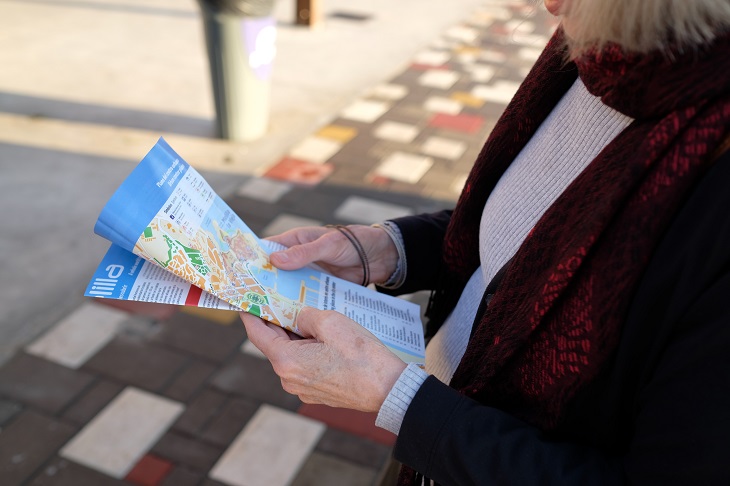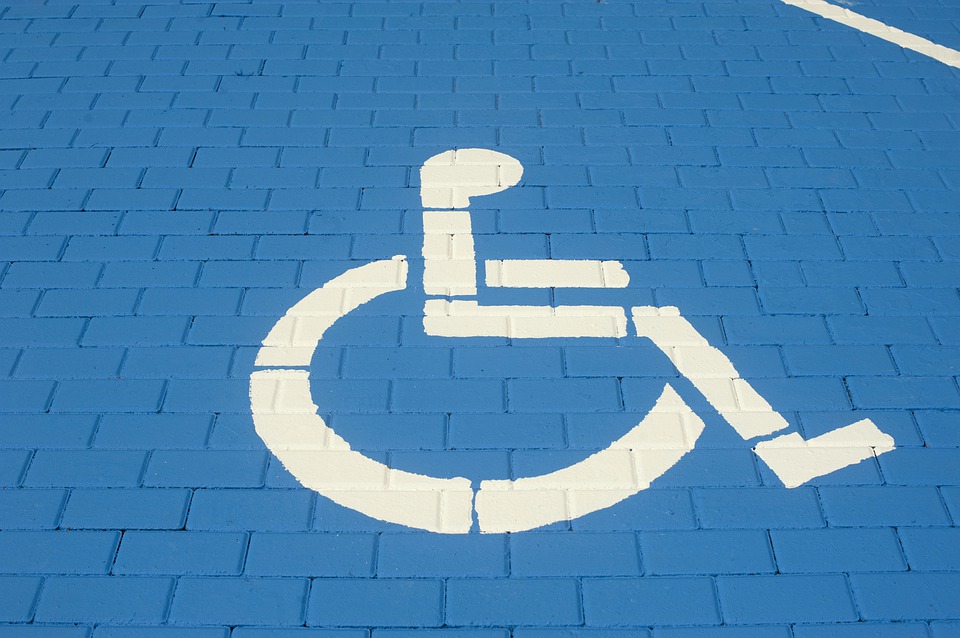Just because a person has a physical disability does not mean that they cannot enjoy the experience of riding a motorcycle. Motorcycle riding is a common activity for many disabled people. Disabilities need not prevent you from reveling in the freedom and joy that motorcycling can provide.
Lots of motorcycles on the market are suitable for people with disabilities. High-tech vehicle adaptations and accessories can also be added to a motorcycle to make it fit your specific needs. There are numerous options you can implement that will make it possible for you to ride a motorcycle while disabled.
Living with a disability means you need to tackle life head-on, meet challenges, and overcome adversities. For this reason, tend to be high in determination, resilience, and positivity. They have cultivated the ability to live life on their own terms and in their own way.
Motorcycle riding provides a person with freedom and independence, two things that are particularly important to people with disabilities. So read on to find out about some of the best motorcycle models, vehicle adaptations, and accessories that are available for disabled drivers.

Are There Any Restrictions Around Riding A Motorcycle With A Disability?
Having a disability does not, in and of itself, impose any restrictions around riding a motorcycle. Legally, if you pass your motorcycle test and qualify for your license, then you are entitled to ride your motorcycle.
Some disabilities, such as legal blindness, do impose restrictions on your ability to ride a motorcycle, but not to be a passenger. And as a passenger you are entitled to hold a disabled parking permit and avail of all disabled parking infrastructure.
Can Amputees Ride Motorcycles?
Yes, amputees certainly can ride motorcycles. There are several motorcycle models and adaptations available that enable amputees to ride a motorcycle, either while in their wheelchair or while using a prosthetic limb.
Are There Wheelchair-Accessible Motorcycles?
Yes, there are motorcycles that you can drive while still sitting in your wheelchair. The wheelchair attaches to a flat platform so you can drive the motorcycle without having to leave your wheelchair.
What Are The Best Motorcycle Adaptations For Disabled Drivers?
The most popular motorcycle adaptations for disabled drivers are:
- Hand controls for driving
- Adaptive electric controls
- Conversion of a two-wheeled motorcycle to a three-wheeler for extra stability
Honda and BMW are developing self-balancing motorcycles that will come onto the market soon, and this could be another useful adaptation for disabled drivers.
What Are The Best Handicap Motorcycle Accessories?
There are several accessories for motorcycles that make it easier for disabled people to ride. Four of the most popular accessories for disabled motorcyclists are:
- Dual brake systems
- Electric button gear shifters
- Wheelchair carriers
- Floorboards
- LegUp LandinGear
What Are The Best Motorcycle Models For Disabled Drivers?
Below are some of the most popular motorcycle companies and models for disabled drivers.
1. Liberator Trikes
This brand makes and adapts custom motorcycles and trikes to spec. They are a great option if you want to get any of the following motorcycles adapted.
2. Yamaha V Star 250
This bike has a 250cc engine and good fuel economy. The 250cc version is safe and easy to handle. For people looking for more power there are several higher-cc V Star models available.
Price: $4,500
3. Honda CB 650F
This Honda offering is a very comfortable bike with smooth ergonomics. It has an upright feel and is suitable for nipping about town or hitting the open road.
Price: $8,000
4. Suzuki V-Strom 650 ABS
This adventure motorcycle is a great starter bike for people who want to cover all sorts of terrain. It has the power, reliability, and durability needed of an adventure bike, but it also opens up nicely on the open road.
Price: $8,800
Do You Need A Disabled Permit To Park A Motorcycle?
If you have a disability and want to avail of disabled parking, you will need to have a disabled parking permit. Having a disabled parking permit, which can be in the form of a disabled license plate or placard, entitles you to park your motorcycle in a disabled parking space.
How Do You Get A Disabled Parking Permit?
The quickest and easiest way to get a disabled parking permit is to arrange a consultation with a medical professional through Dr. Handicap. Once the medical professional has verified your disability they will fill in the relevant section of a disabled parking permit application form and email it to you straight away. Then you fill in the remaining sections and submit it to your local Department of motor Vehicles.
Featured image by SplitShire on Pixabay








